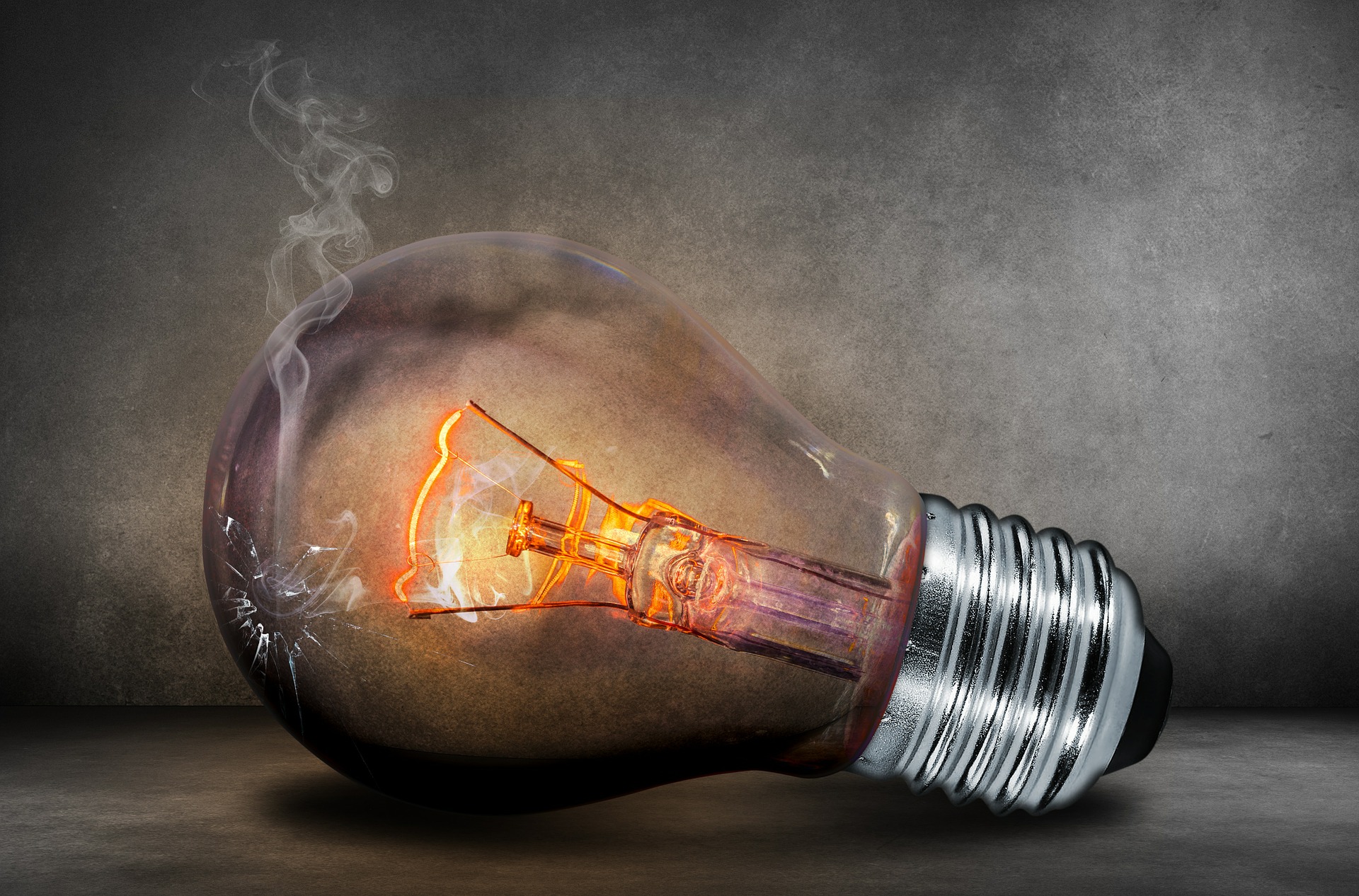Electronics need electricity to function, this much you may already know. However, the way that the electronics process and change electrical pulses are different than you may understand. The way the toaster morphs the electrical energy to heat toast is much different than how your laptop powers up and connects to the Internet.
Electronics are different from electricity
Many of the devices in our homes utilize electrical current to perform functions. A lamp produces light. A vacuum moves a motor to produce suction. Electronics, however, change the electrical current in a different way. Understanding this can help us all get a deeper knowledge of the devices we use daily.

Instead of just pushing the electrical current to produce heat, light, or motion, electronics change the current and add meaningful information to it. This is how electronics are able to create sound, video, and data.
While the usage of electricity is different, many devices or appliances use both electricity and electronic components. The toaster, for example, turns the electricity into heat while engaging an electronic component that measures the temperate.
Electronics’ history
While we tend to think of electronics as recent inventions, basic electronics have been around for more than 100 years. In 1904, the first electronic device was invented called the vacuum tube. This technology made a bunch of devices possible including televisions, radio, radar, telephones, amplifiers, and microwave ovens. The vacuum tubes remained in use in electronics for most of the 20th century. New technology has replaced the tubes in many modern electronics, televisions, for example, haven’t used the vacuum tube for a couple decades, but there are some devices that still utilize the technology.
A big leap forward in electronics came in 1955 when IBM revealed a calculator that used transistor circuits instead of vacuum tubes. The small circuit contained upwards of 3,000 individual transistors in a compact area. The transistor circuits allowed electronics to be much smaller and more mobile. Modern electronic devices like laptops, smartphones, and tablets still utilize the transistor circuit.
The circuits have expanded to larger devices too. Auto mechanics, for example, now need knowledge in both the mechanical and technical components that run modern vehicles.

Careers in electronic
The field of electronics provides vast opportunities. If you choose to go to college, you can major in electrical engineering or specialize in related fields like aerospace, telecommunications, or manufacturing.
If you prefer to skip college or opt for trade school, electronics could still be your career. Electricians are in high demand and the certifications require less schooling than a traditional four-year degree.






